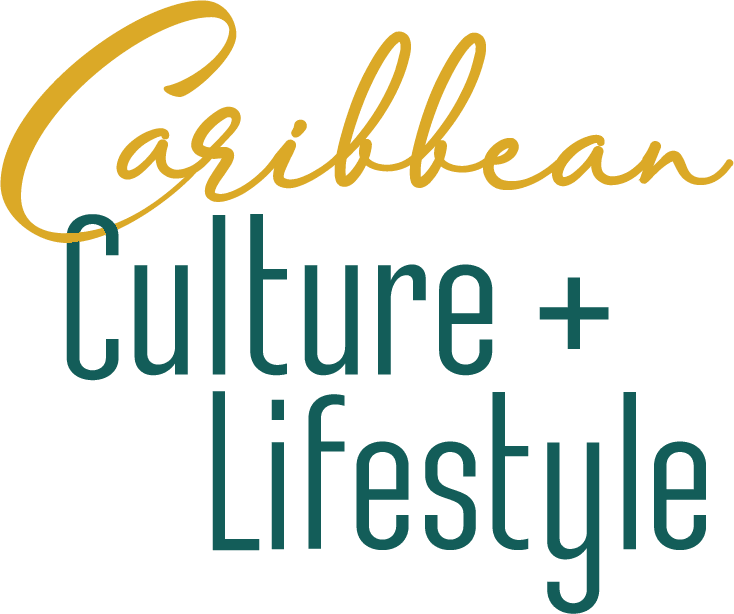Belize Audubon Society is a national conservation leader and development partner that inspires people to live in harmony with and benefit from the environment. It is a non-governmental, membership-based organization dedicated to the sustainable management of our natural resources.

The Beginning of Belize Audubon Society
“It all started with the Boobies”, the native birds of Half Moon Caye. Almost four decades after the hallmark victory of advocating for the establishment of Belize’s first protected areas: Half Moon Caye Natural Monument, the National Parks System Act, and the Wildlife Protection Act, the Belize Audubon Society continues to be actively involved in environmental advocacy. Today, the environmental advocacy focus is wider as the emerging issues surrounding sustainable development in Belize remains at the forefront.
What do they do?
Protecting our resources is preserving our future. The Belize Audubon Society cares for national lands in areas designated as national parks, wildlife sanctuaries and natural monuments, which encompass more than 184 thousand acres. The seven protected areas are Half Moon Caye Natural Monument, Cockscomb Basin Wildlife Sanctuary, Crooked Tree Wildlife Sanctuary, Guanacaste National Park, and St. Herman’s Blue Hole National Park, all of which represent the richest land and marine environments in Belize. These areas provide critical habitat for a plethora of both terrestrial and marine flora and fauna. There are also sacred caves with beautiful limestone formations and remains of the ancient Maya. Audubon aims to foster the appreciation and dissemination of the exceptional scientific, educational and cultural values of Belize’s protected areas and to help preserve this heritage for future generations to appreciate and enjoy.

The Impact of Studies
Through collaborative efforts with local academic institutions and international conservation and research organizations, the Society continues to promote research and monitoring on critical species, such as the Jaguar and Yellow-headed parrot. Like a photograph, scientific research captures the ‘big picture’, showing many details of a place and time and allows us to examine a subject from different perspectives. For example, studying frogs in Belize provides a better understanding of issues that affect us directly, such as water quality and global climate change. Researchers in Belize have detected agricultural chemicals in pristine environments of the Cockscomb Mountain Range. Because amphibians are connected to an aquatic environment, the quality of the water in which they live can affect their growth, development, and survival. What affects amphibians today may affect other wildlife and humans in the future unless specific land management strategies and actions are put into practice.
Audubon engages the communities that buffer our protected areas. It is only through understanding the need of the people and their dependency on our natural resources that the society can provide knowledge and opportunities to participate in the management of our precious environment.
“Nature can sustain all of our needs, but none of our greed.” Mahatma Ghandi.
Written by Nelita Castillo















